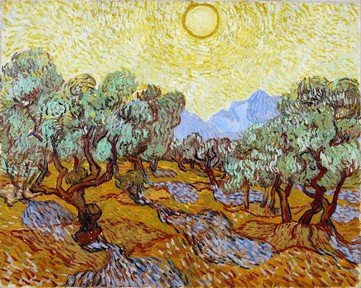Quiz Answer Key and Fun Facts
1. John White's 1585 painting "Indians Round a Fire" came about as a result of his membership of which failed early settlement of the United States of America?
2. Which lupine painter painted "The Burning of the Gaspee" more than 100 years after the event actually occurred?
3. Russell Drysdale was an Australian painter who specialised in depicting the desolation of the Australian outback. It was therefore surprising to discover his 1944 watercolour "Bush Fire" was full of vibrant red, yellows, and oranges as the fire licked around the edges of a rural homestead.
4. Which important Biblical city completes the title of this nineteenth century painting by British artist David Roberts; "The Siege and Destruction of ____ by the Romans under the command of Titus, AD 70"?
5. The Great Fire of London was the subject of numerous paintings, though many were done some years after the event. Which relatively unknown contemporaneous artist of the Dutch Golden Age captured the pandemonium of the city ablaze, smoke-filled skies and people fleeing for their lives in small boats?
6. Which of the following artworks by English painter Thomas Luny features battleships and an inferno at night?
7. Whom did Domenico Zampieri, noted for his recreations of Biblical events and characters, paint in conversation with a burning bush?
8. Never live in a town called St John - in Canada, at least. St. John's, Newfoundland, and Saint John, New Brunswick both had fires that left thousands homeless. In 1845, Joseph Légaré painted vivid records of the conflagration that razed much of the Saint-Jean District in which Canadian city?
9. J.M.W. Turner's "The Burning of the Houses of Lords and Commons" is about Guy Fawkes' attempt to blow up the Houses of Parliament in 1605.
10. The explosion of the French flagship Orient during the Battle of the Nile in 1798 has been painted by numerous artists. All but one of the artists below have painted this scene. Which well-known Dutch artist did NOT?
Source: Author
tazman6619
This quiz was reviewed by FunTrivia editor
looney_tunes before going online.
Any errors found in FunTrivia content are routinely corrected through our feedback system.
